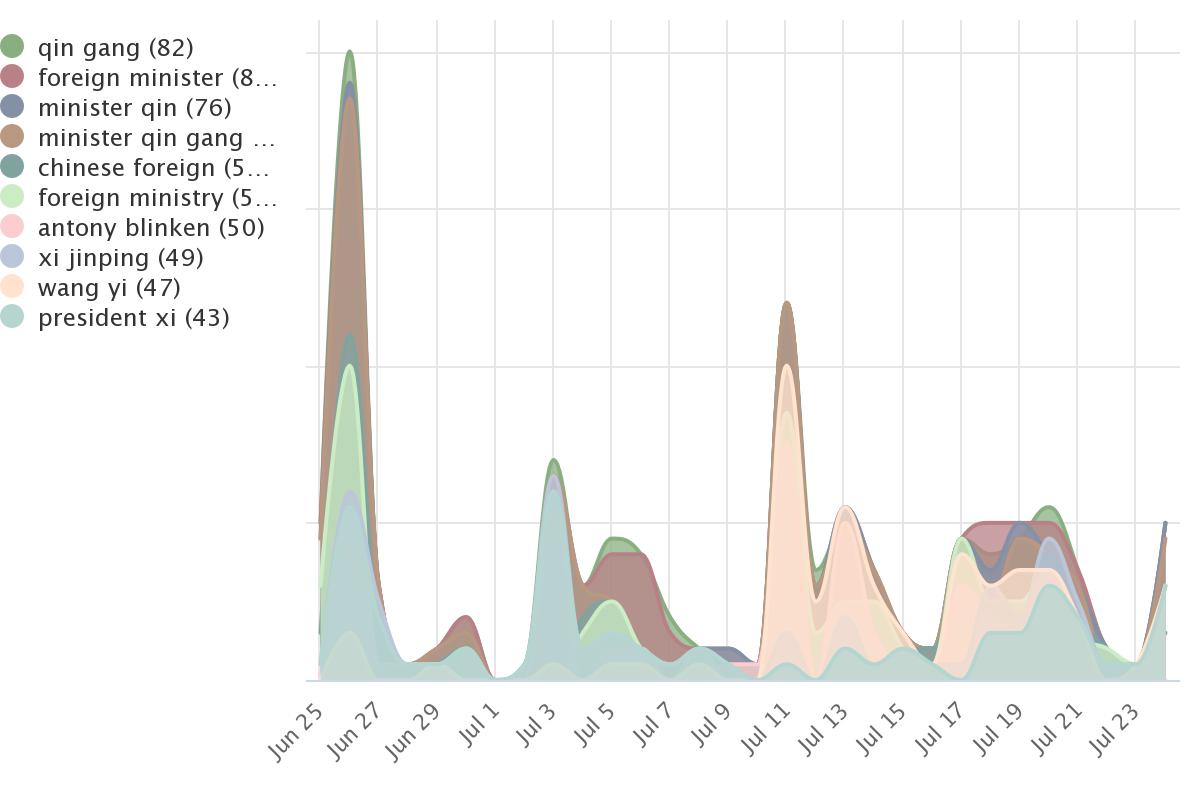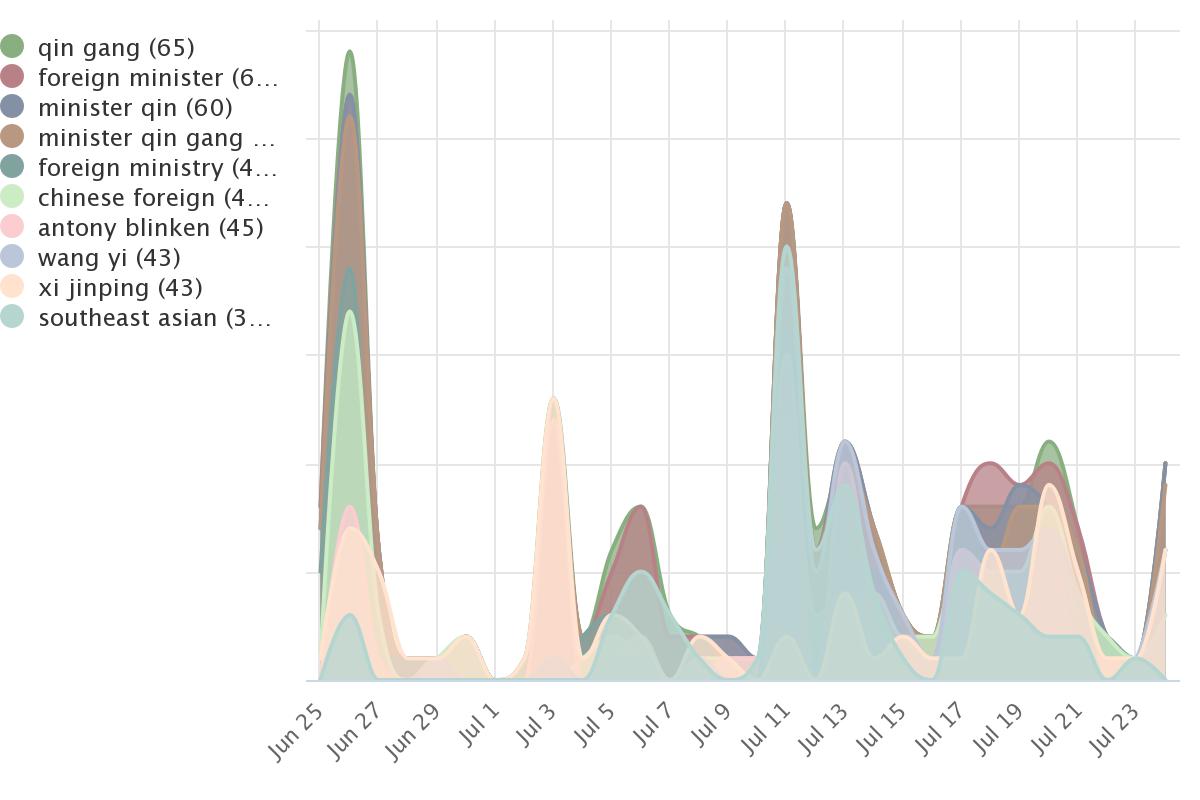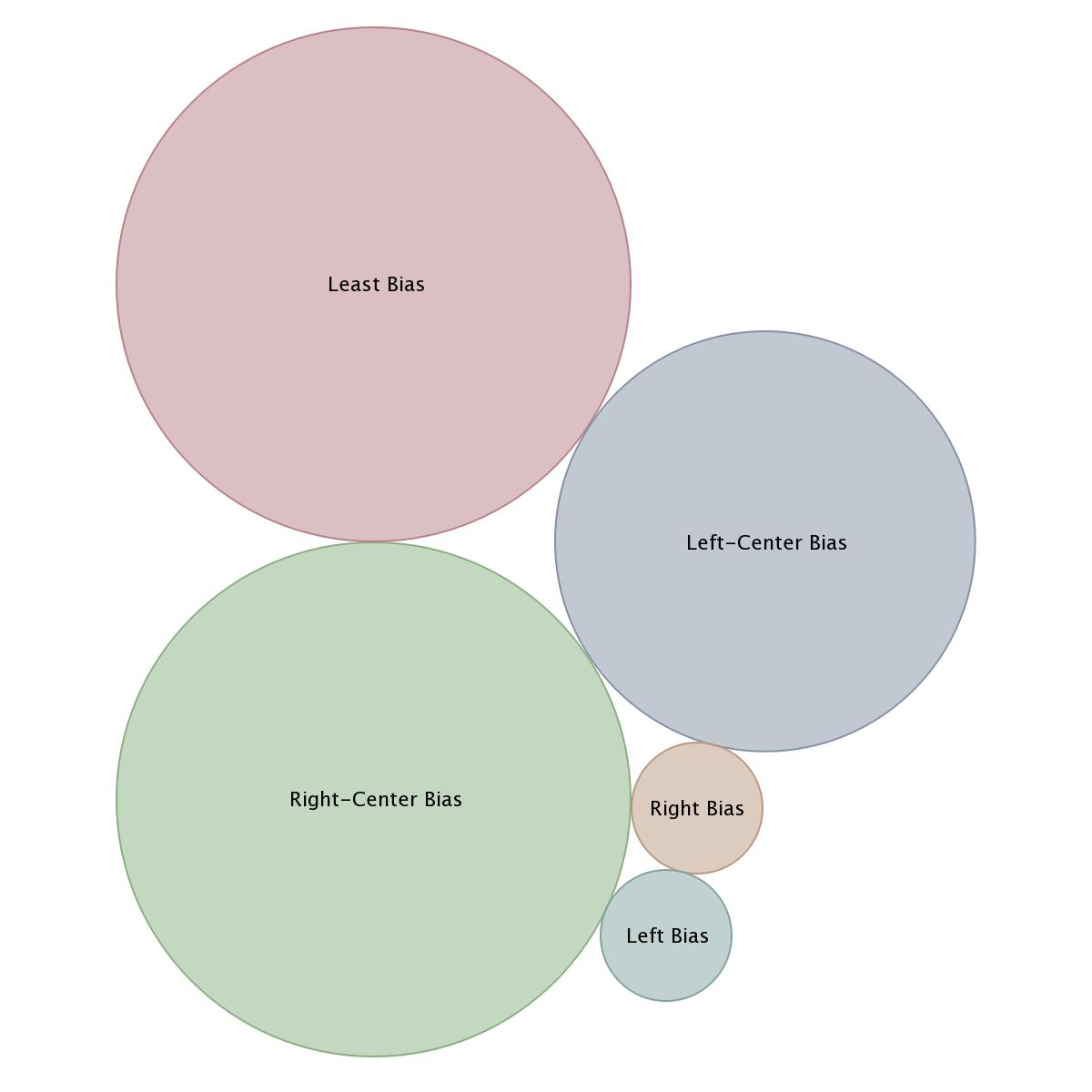
The narrative surrounding Chinese Foreign Minister Qin Gang's absence from public view since June 25 has been amplified by various sources, sparking rumors of marital infidelity, a lovechild, espionage, and speculation about his health. This Narrative Intelligence aims to highlight differences in reporting by Chinese and Non-Chinese sources.
Our Kudzu Narrative Intelligence briefs auto-update every few hours with fresh analysis:
Key points include:
The keywords that appear more frequently in this category are related to Chinese foreign officials and their interactions with the United States, focusing on the diplomatic relations between the two countries. The mention of topics like the war in Ukraine and human rights indicates the media's attention to ongoing global issues and their connection to China.
The keywords that are exclusively found in all sources in U.S. media further highlight the narrative surrounding China's foreign affairs:
These indicate the media's interest in geopolitical conflicts and environmental issues, as well as the ongoing discussions and concerns regarding China's human rights record and its territorial claims in the South China Sea.
Interestingly, the only keyword found exclusively in Chinese sources in Pacific Region media is "visit to China." This suggests that Chinese media is more focused on reporting visits and engagements with China, potentially highlighting the country's efforts to foster diplomatic relationships with other Pacific nations. This keyword showcases the importance of regional cooperation and China's role in shaping the narrative within the Pacific Region.
On the other hand, the only keyword found exclusively in non-Chinese sources in Pacific Region media is "regional forum." This indicates that non-Chinese media in the Pacific Region places emphasis on regional cooperation and the discussions held in forums involving various countries. It suggests a narrative that focuses on the collective efforts and concerns of the Pacific nations, independent of China's influence.

All Sources in U.S. Media

Chinese Sources in Pacific Region Media

Non-Chinese Sources in Pacific Region Media
Our Narrative Intelligence provides valuable insights into the bias present in U.S. media. In our Kudzu Narrative Intelligence Briefs, we have analyzed media coverage across various political leanings.
The analysis reveals significant numerical differences in media coverage. Right-center and least bias sources dominate the landscape, while left-center, right, and left bias sources have much lower representation.
Right-center bias: 69%
Least bias sources: 69%
Left-center bias sources: 50%
Right bias sources: 20%
Left bias sources: 9%

U.S. Media
Note: Kudzu Narrative Intelligence briefs update every few hours. Very likely, the Narrative Analysis data visualization depicted in the graphic above will have changed as well.
Image Credit for Article Header: Office of Indonesian Foreign Minister, Public domain, via Wikimedia Commons